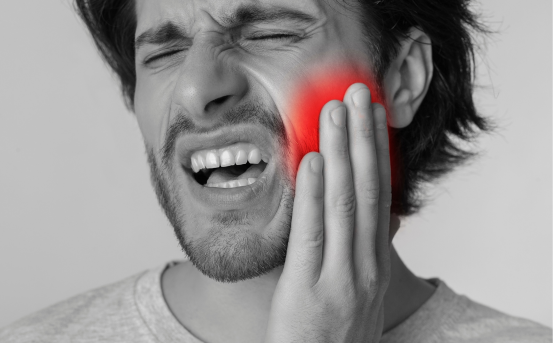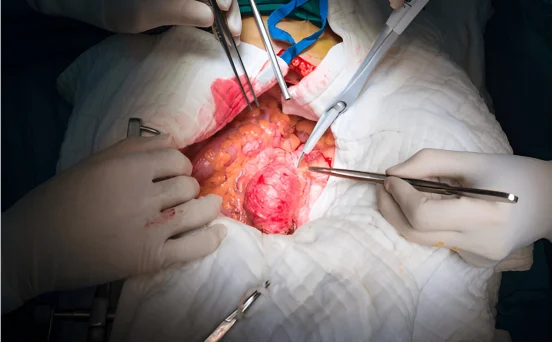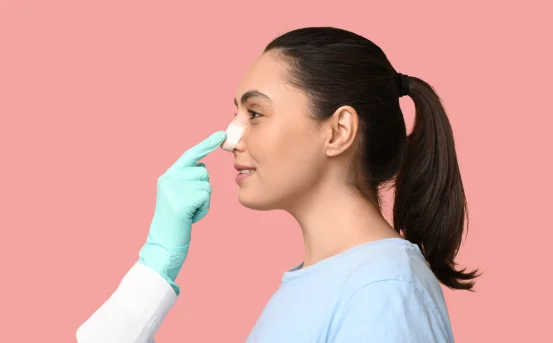Dental issues don’t always start with severe pain or visible damage. Often, they begin with subtle, easy-to-ignore symptoms like mild sensitivity, tiny spots on your enamel, or discomfort when chewing. Many people brush off these early warning signs, only to find themselves needing complex treatments like root canals or tooth extractions down the line. Recognizing these symptoms indicating conservative dentistry is crucial for timely intervention.
This is where conservative dentistry steps in. Focused on preserving your natural teeth with the least amount of intervention, conservative dentistry emphasizes early diagnosis, minimal treatment, and maximum tooth preservation. It’s not just about fixing tooth decay it’s about preventing them from worsening in the first place.
What Is Conservative Dentistry?
Conservative dentistry refers to dental treatments aimed at preventing and managing tooth decay and minor damage with minimal removal of natural tooth structure. It includes procedures such as:
- Dental fillings
- Preventive resin restorations
- Pit and fissure sealants
- Inlays and onlays
- Minor cosmetic corrections
This approach ensures teeth are treated early, preserving their strength and functionality for the long term.
- Tooth Sensitivity to Hot, Cold, or Sweet Foods
Do you wince when sipping hot tea or biting into an ice cream cone? Tooth sensitivity is often the first red flag that something isn’t right. It typically points to enamel wear or early decay, both of which are manageable through conservative treatments like fluoride application, dental fillings, or sealants.
- Mild to Moderate Toothache
A persistent, dull toothache should never be ignored. While severe pain might indicate an infection, mild pain could signal a developing cavity or enamel erosion. Conservative dentists can detect the source through X-rays and provide early-stage treatments like composite fillings or onlays.
- Visible White or Brown Spots on Teeth
Discolorations such as white, chalky patches or brown stains can be a sign of demineralization or incipient caries — the earliest stages of tooth decay. These are often reversible if caught early. Conservative dentistry uses fluoride varnishes, remineralization treatments, or micro-abrasion to address these issues without drilling.
- Cracks or Chips in Teeth
Tiny cracks or chips caused by trauma, grinding, or biting hard foods may not hurt immediately, but they compromise tooth structure. Left untreated, these can deepen and lead to pulp exposure. Conservative dental procedures, such as bonding, composite resins, or porcelain inlays, can restore the tooth’s strength while preserving its natural appearance.
- Food Getting Stuck Between Teeth
If you constantly feel food lodged between the same two teeth, it may point to early decay, a worn filling, or a minor cavity. Conservative treatment options can correct these issues before they lead to gum infections or further decay. Solutions may include small fillings, reshaping contacts, or preventive sealants.
- Rough or Pitted Surfaces on Teeth
Run your tongue over your teeth. If they feel rough, pitted, or uneven, it could be a sign of acid erosion or enamel wear. This is common in people with acidic diets or acid reflux. Conservative dentists can treat this early damage using tooth-colored restorative materials to rebuild and protect the enamel before the damage worsens.
- Minor Gaps or Uneven Teeth
Small gaps between teeth or slightly misshapen teeth may not be a major dental problem, but they can affect both aesthetics and function. Conservative dentistry focuses on minimally invasive cosmetic corrections like bonding or veneers to restore symmetry without aggressive grinding or reshaping.
Why Conservative Dentistry Matters?
Ignoring minor dental symptoms often leads to larger, more invasive, and costly treatments such as root canals, crowns, or even tooth extractions. Conservative dentistry helps you:
- Preserve natural tooth structure
- Avoid painful procedures
- Reduce long-term dental costs
- Maintain better oral hygiene
- Restore aesthetics with minimal intervention
How Conservative Dentists Diagnose Problems?
A visit to a conservative dentist typically includes:
- Visual and tactile examination
- Dental X-rays
- Caries detection dyes or laser detection
- Assessment of biting forces and enamel wear
The goal is early detection and precise treatment planning before major restoration becomes necessary.
Prevention Is the Best Cure
Alongside conservative treatments, your dentist will likely emphasize prevention. This includes:
- Regular dental check-ups (every 6 months)
- Fluoride applications
- Oral hygiene education
- Nutritional guidance
- Use of sealants on molars and premolars
Conclusion
When it comes to dental health, procrastination can be costly both to your wallet and your well-being. The small warning signs your teeth show today can snowball into significant problems tomorrow if ignored. That’s why conservative dentistry is such a game changer. It focuses on timely action, gentle care, and long-term preservation of your natural smile.
By addressing minor symptoms like tooth sensitivity, discoloration, or small chips early on, you can often avoid painful procedures like extractions, crowns, or implants. The goal is simple: treat problems early while preserving as much natural tooth structure as possible.























